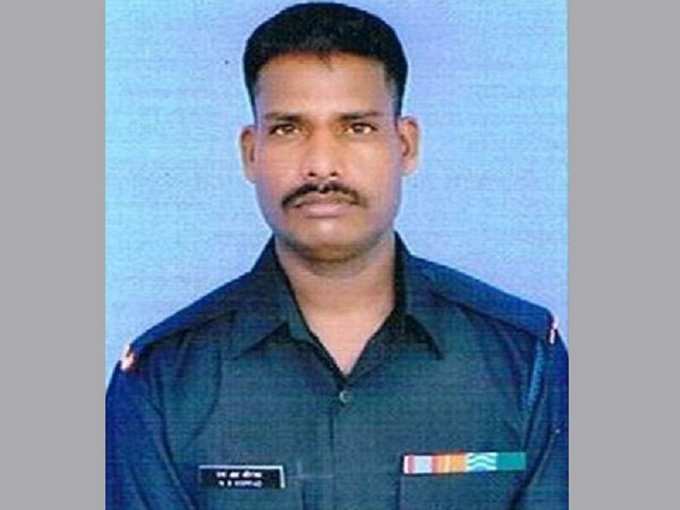
Three days after the country rejoiced on hearing that one of the ten soldiers who were buried under snow after an avalanche hit their
Lance Naik Hanumanthappa Koppad breathed his last in the Army Hospital, Delhi, as all attempts to revive the Siachen braveheart from coma failed. The soldier suffered acute oxygen deprivation to the brain and pneumonia in both lungs.
Talking of the rescue operation that brought this momentary joy, it could only be termed a miracle that rescue teams were able to establish a radio contact with one of the ten soldiers of Indian Army, who were trapped after a massive ice-wall avalanche hit their 19,600 feet high Army post in Siachen Glacier on February 3.
This radio signal prompted the rescue teams to start their rescue operation along with sniffer dogs, earth-penetrating radars, radio signal detectors, and specialised ice-cutting and boring equipments, with double efforts.
"After radio contact was established on February 4, rescue operations were stalled on February 5 due to snow storms and blizzards. Soldiers deployed at such posts keep their radio sets switched on to ensure they can be traced by signals in case of a mishap," an officer told TOI.
The teams were only waiting for the weather to be slightly clear. As soon as that happened, over 150 rescue personnel resumed their efforts so that they could locate the "general area" where they expected the soldiers to have got buried.
Nine bodies were extricated around 7.30pm on Monday, and Lance Naik Hanumanthappa Koppad was taken out alive from under 35 feet of snow, his condition being very critical.
Names of the martyrs who did the supreme sacrifice for the nation are Subedar Nagesha, Havildar Elumalai, Lance Havildar S Kumar, Lance Naik Sudheesh, Lance Naik Hanamanthappa Koppad , sepoys Mahesha PN, Ganesan G, Rama Moorthy N, Mustaq Ahmed and nursing assistant Suryawanshi SV, all belonging to the 19th Battalion of Madras Regiment.
Image source
